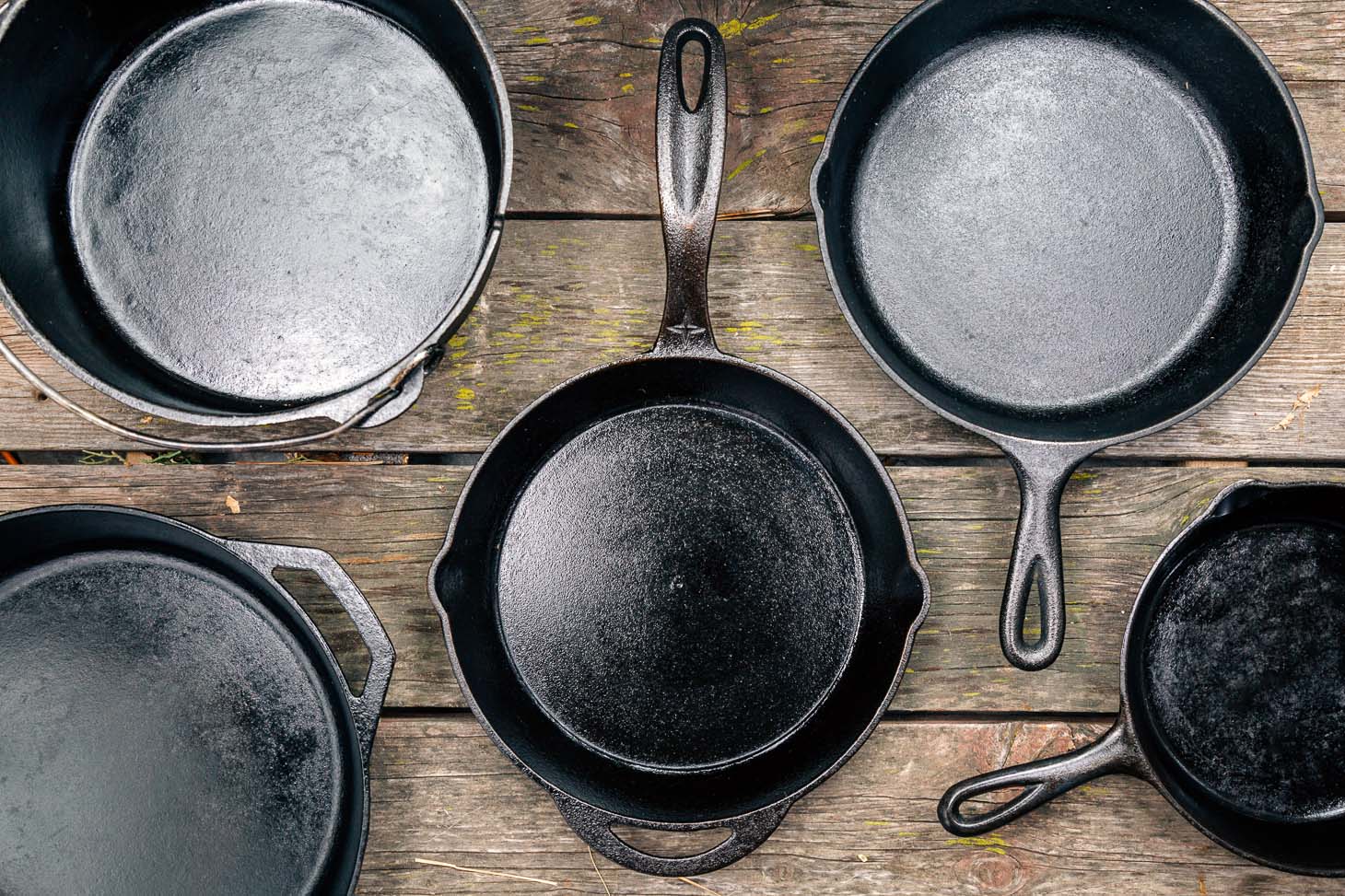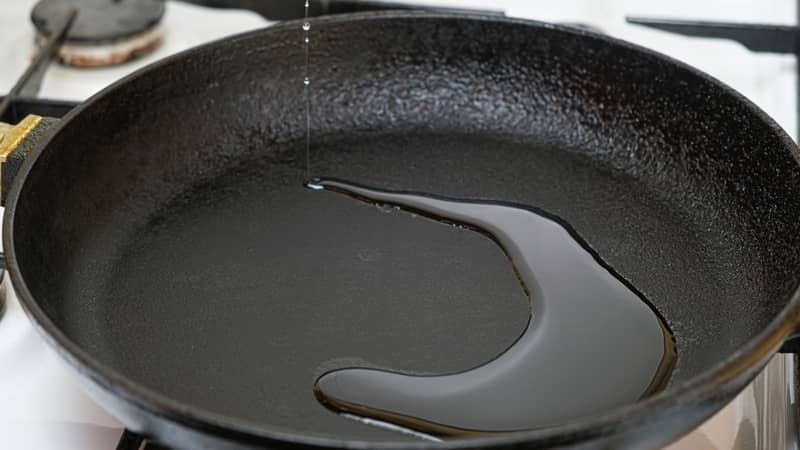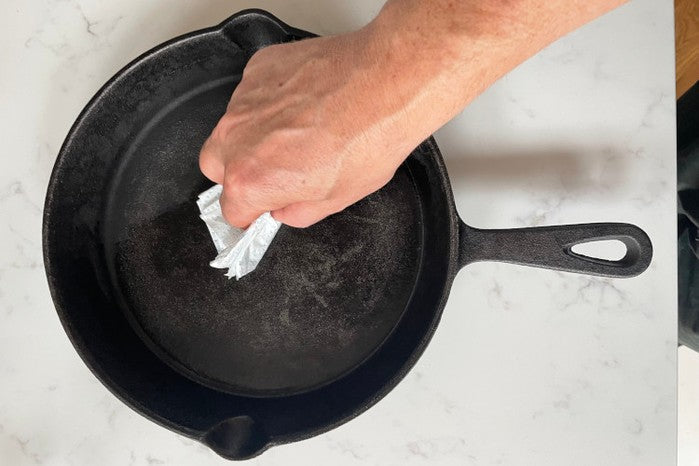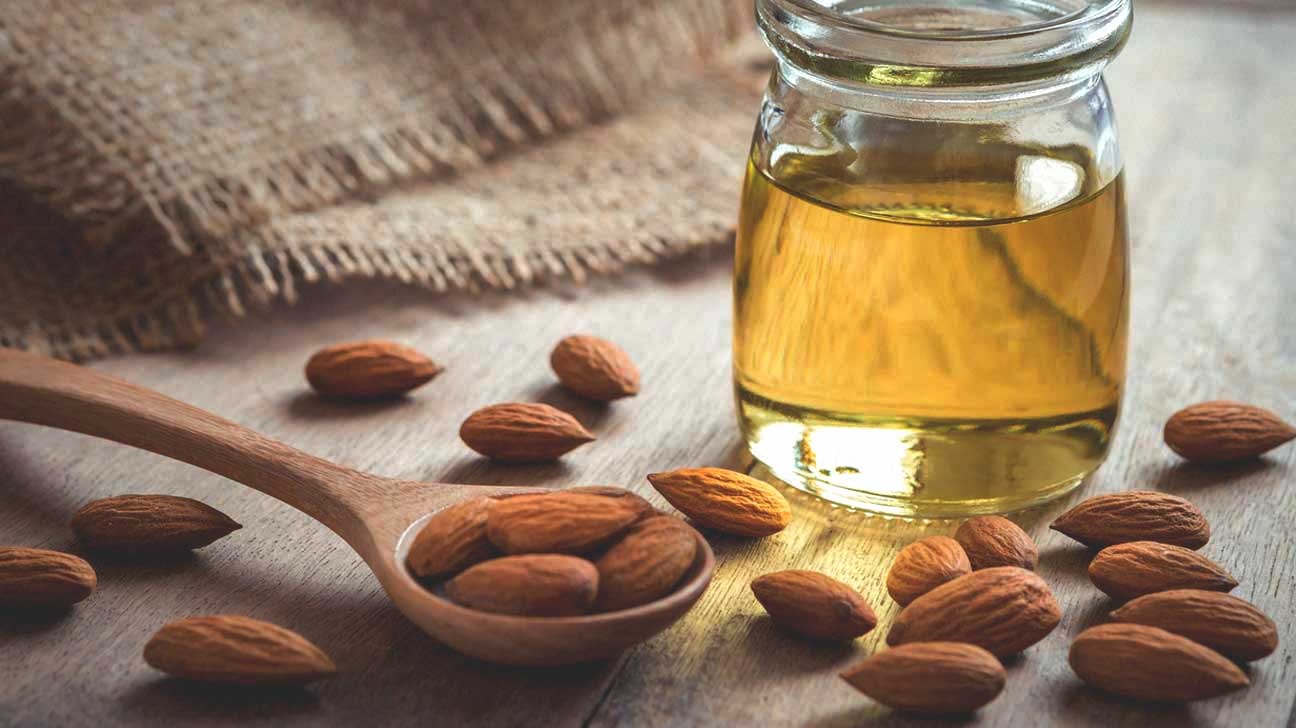When it comes to maintaining and enhancing your stainless steel cookware, selecting the best oil for seasoning stainless steel is crucial for achieving optimal performance. Using the right oil not only extends the life of your cookware but also improves its cooking surface. This guide is tailored specifically for kitchen professionals looking to up their seasoning game and keep their stainless steel cookware in top condition.
Stainless steel is prized for its durability and versatility; however, it is known to be prone to sticking and requires care to maintain its qualities. Seasoning your stainless steel cookware creates a natural, non-stick layer that enhances both the cooking experience and the flavor of your dishes. But what is the best oil for seasoning stainless steel? Let's dive deep into this, exploring different oils, their benefits, and the best practices for seasoning.

Why Seasoning Matters
Seasoning your stainless steel cookware not only provides a non-stick surface but also helps prevent rust and keeps foods from imparting unwanted flavors. A well-seasoned pan can enhance the cooking capability, allowing for professional-grade results in your kitchen. The key to a successful seasoning lies in choosing the right oil.
Choosing the Right Oil for Seasoning
The choice of oil is essential, as different oils have varying smoke points and flavors. Here are some of the most popular options used by professional cooks:
- Flaxseed Oil: This oil has a high smoke point and forms a hard, durable layer when cured. It's a favorite among many chefs for its excellent non-stick properties.
- Canola Oil: Affordable and versatile, canola oil has a high smoke point, making it a reliable choice for seasoning. Its neutral flavor allows it to blend well without affecting food's taste.
- Grapeseed Oil: Known for its high smoke point and light flavor, grapeseed oil is perfect for professionals who want excellent performance without overpowering the dish's taste.
- Avocado Oil: With one of the highest smoke points, avocado oil is another exceptional choice for seasoning. Moreover, its rich in healthy fats and has a pleasant flavor.
- Peanut Oil: This oil is commonly used in Asian cuisines and has a relatively high smoke point, making it great for high-heat cooking. However, it may leave a subtle flavor.
How to Season Stainless Steel Cookware
Seasoning stainless steel might seem daunting, but it's a straightforward process that can be done in just a few steps:
- Clean Your Cookware: Begin by thoroughly cleaning your stainless steel cookware with warm, soapy water to remove any dirt or residues.
- Heat the Pan: Preheat your stainless steel pan on medium heat until it is hot. You can test this by sprinkling a few drops of water onto the surface; they should sizzle and evaporate quickly.
- Apply the Oil: Pour a small amount of your chosen seasoning oil into the panabout one tablespoon is sufficient. Use a paper towel to spread it evenly across the surface.
- Heat the Oil: Continue to heat the oil until it reaches its smoke point. This typically takes around 5 to 10 minutes. You will notice the oil changing color slightly and becoming glossy.
- Cool Down: Turn off the heat and allow the pan to cool completely before wiping away any excess oil with a clean paper towel. Your stainless steel cookware is now seasoned!
Tips for Maintaining Seasoned Stainless Steel Cookware
Once you have seasoned your cookware, its essential to take steps to maintain that seasoned surface. Here are some helpful tips:
- Avoid Abrasive Cleaners: Use gentle sponges or cloths to clean your cookware. Harsh scrubbers can strip the seasoning off the surface.
- Re-season as Necessary: Depending on usage, you may need to re-season your cookware periodically. Look out for any signs of sticking or dullness.
- Store Properly: Store your seasoned cookware in a dry environment to prevent moisture accumulation, which can lead to rust.
- Cook with Care: Avoid cooking highly acidic foods in your seasoned stainless steel cookware too soon after seasoning to maintain the non-stick layer.
Common Mistakes to Avoid
Here are some common mistakes that kitchen professionals should avoid when seasoning stainless steel:
- Overheating the Pan: Heating your pan too high can lead to damage. It's crucial to monitor the heat closely during the seasoning process.
- Skipping the Cleaning Step: Always clean your cookware before seasoning. Residues from previous cooking can affect the new layer.
- Not Allowing Enough Time: Seasoning needs time to develop. Dont rush the cooling process or you may not achieve a proper layer.
External Resources for Further Reading
For a deeper understanding of the process of seasoning and caring for your cookware, you can visit Seasoning Like a Boss.

FAQs About Seasoning Stainless Steel Cookware
1. How often should I season my stainless steel cookware?
The frequency depends on usage, but a good rule of thumb is to re-season when you notice food starting to stick or if the surface looks dull.
2. Can I use olive oil for seasoning?
While olive oil has a lower smoke point compared to other oils, it can be used but is not ideal for high-heat cooking.
3. Is seasoning necessary for all stainless steel cookware?
While it is not strictly necessary, seasoning significantly enhances non-stick properties, making cooking and cleaning easier.
As an Amazon Associate, I earn from qualifying purchases.






Leave a comment
This site is protected by hCaptcha and the hCaptcha Privacy Policy and Terms of Service apply.